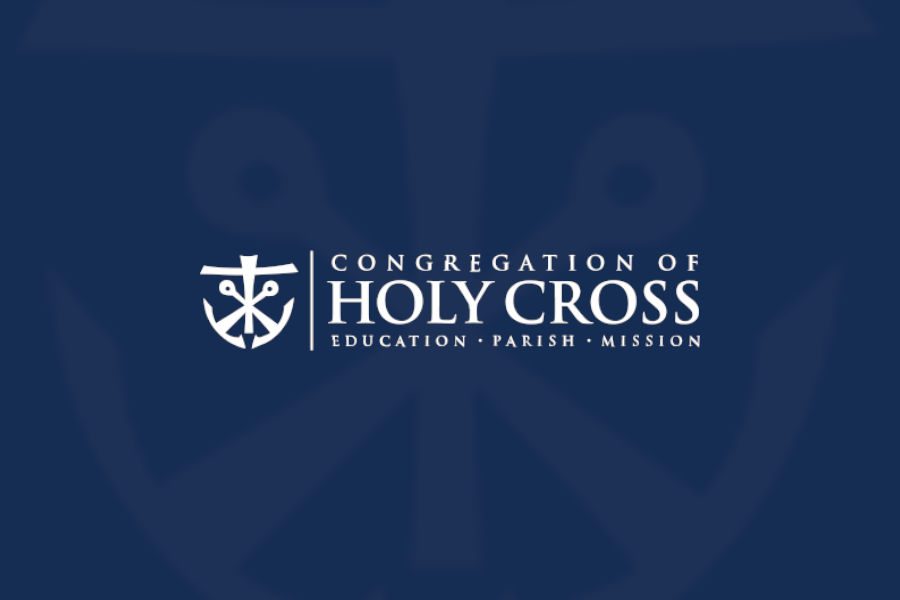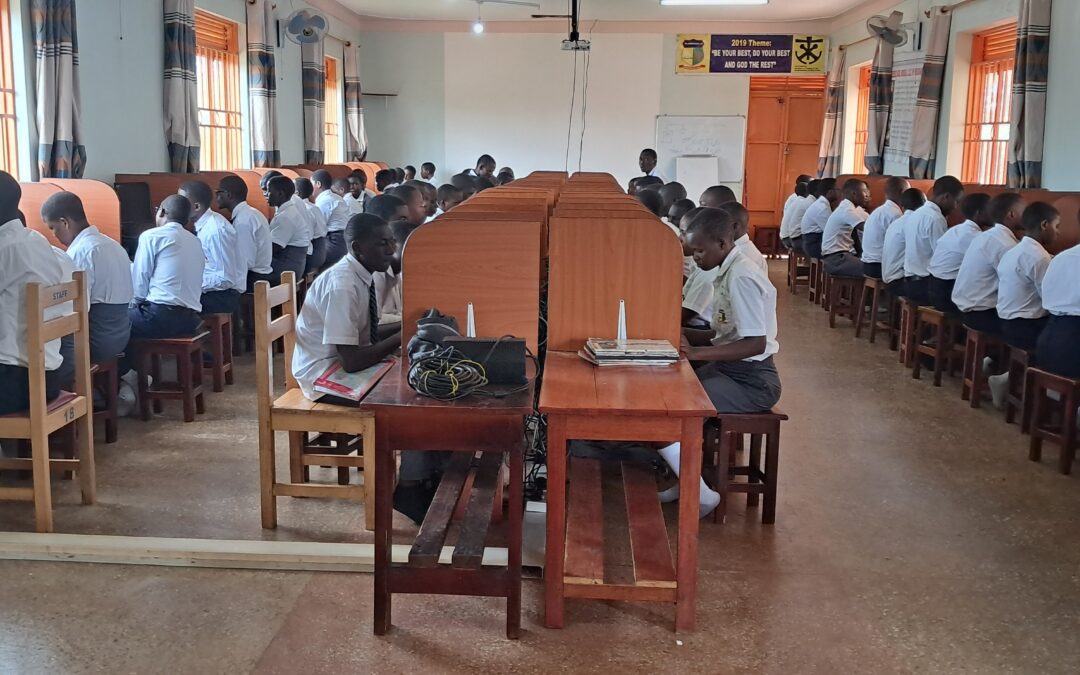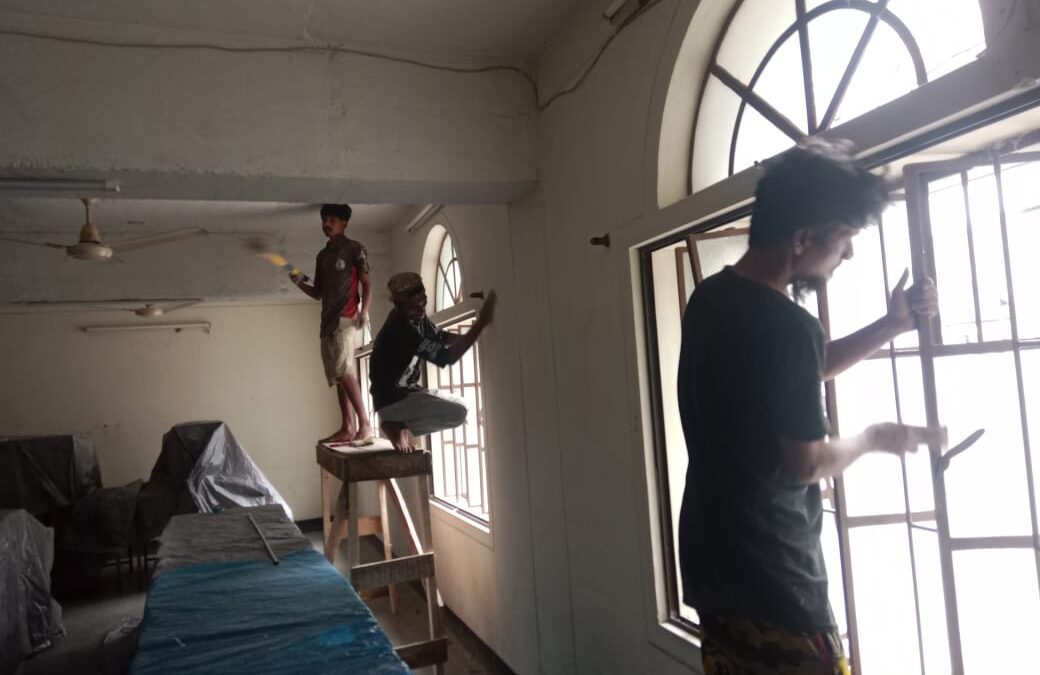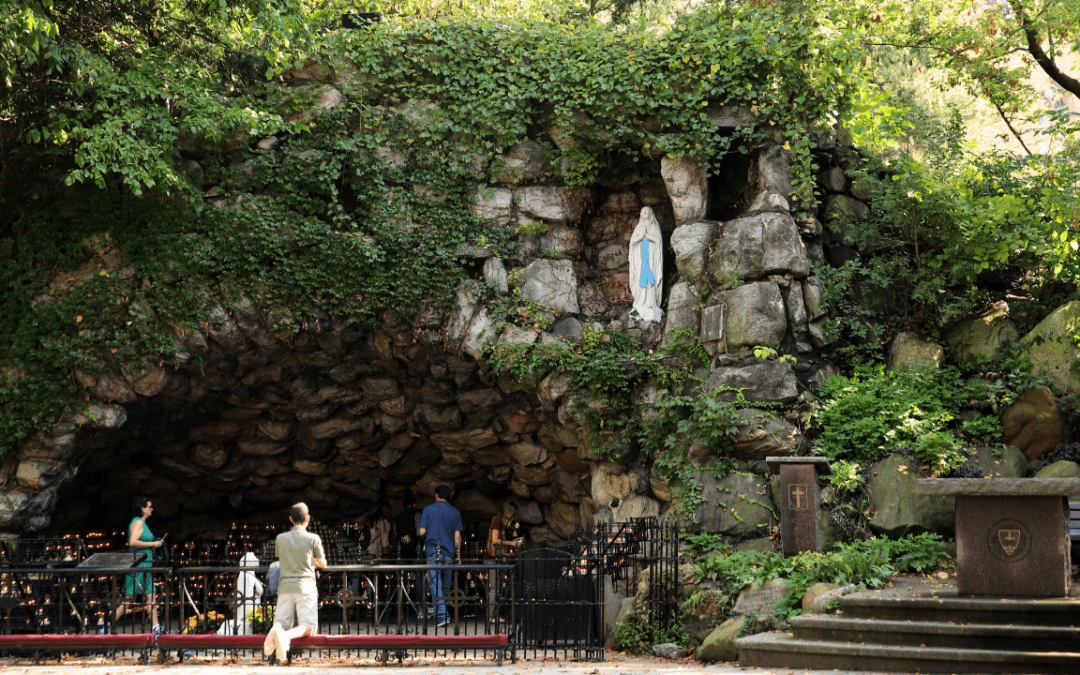Growing up Catholic, I often heard the word “hope” used as a virtue Christians should aspire to have. When people said things like “Times may be tough, but have hope,” I often questioned and disagreed with this advice, thinking, “That doesn’t make sense–people deal with suffering their whole lives, how can they have hope that it will get any better?” It was not until I encountered the Congregation of Holy Cross during college that I began to find answers to this difficult question of faith.
Many of us mistake Christian hope with optimism. This is an unfortunate mischaracterization. Optimism cheapens suffering-it looks at suffering and brushes it aside, assuring those in distress that all will be well, and they just have to grin and bear it until things get better. The virtue of hope, however, is different. Hope is an aching for God’s presence in the crosses we experience. The cross can take many different forms in our lives: physical and mental health struggles, tragedy, loss, sinfulness, brokenness. A Christian with hope looks at the darkness of the cross and acknowledges its difficult reality. However challenging and burdensome, hope does not stop there. As Christians with hope, we stand at the cross and see the dawning of the resurrection, knowing that it is from the cross where God’s grace begins to work now, in this moment. We remember that God used the terrible death of the cross to bring forth the joyful new life of the resurrection. Jesus’ own mother, Mary, stood at the foot of the cross on Good Friday and kept vigil for him on Holy Saturday. She did not fully understand why her son died, and she did not know exactly what the future would hold. All she could do was stand at the foot of the cross, be near the tomb, and hope. Mary knew that God had promised her great things would become of her son. She waited in hope, knowing that God was with her, and God’s grace was active even in the darkest time of her life. This hope did not lessen her pain and sorrow, but rather it invited God into that pain and sorrow. In her own cross, Mary encountered the abiding love of God, imploring her not to understand but to simply trust that somehow, grace is at work, and the promise of the resurrection is being fulfilled. That is Christian hope.
Whatever the cross looks like, we as Christians know that God is present with us, standing lovingly beside us, feeling the burdensome weight that we feel. If we prayerfully examine the story of our own lives, we may recognize God’s grace bringing about the resurrection from crosses we have borne in the past. If we know that God’s grace was at work in our lives then, we can knowingly trust that God is still at work in our lives now. In bearing our cross and in experiencing the resurrection, we are then called forth to stand at the foot of the crosses of our sisters and brothers around us, not cheapening their burdens or explaining them away, but being with them in solidarity and love, confidently awaiting the dawn of the new life of Easter Sunday.
By Brian Vetter, C.S.C.
BrianVetter, a St. Brigid of Kildare parishioner since 2009 and St. Charles alumnus, is at the University of Notre Dame studying for a four year Master of Divinity degree. Below is his reflection on Christian Hope.
This article was originally published on the Saint Brigid of Kildare website.




